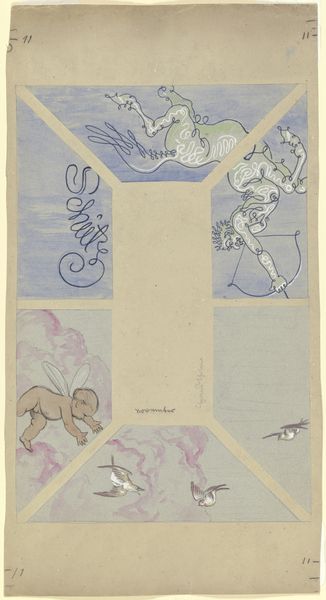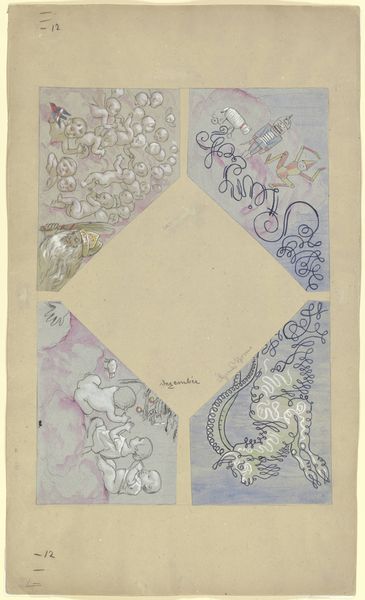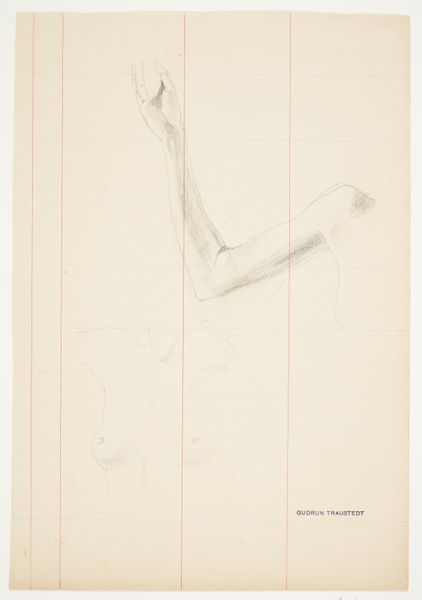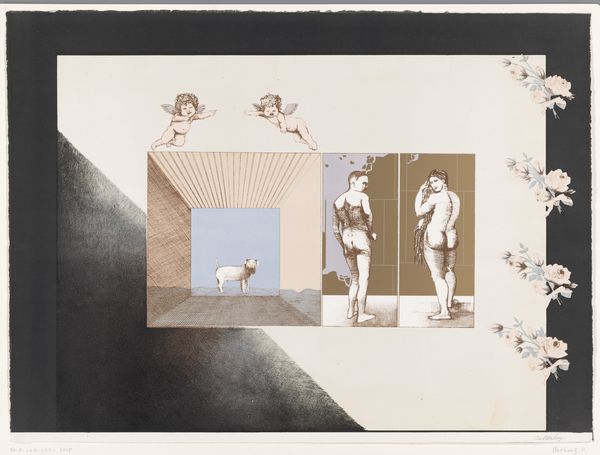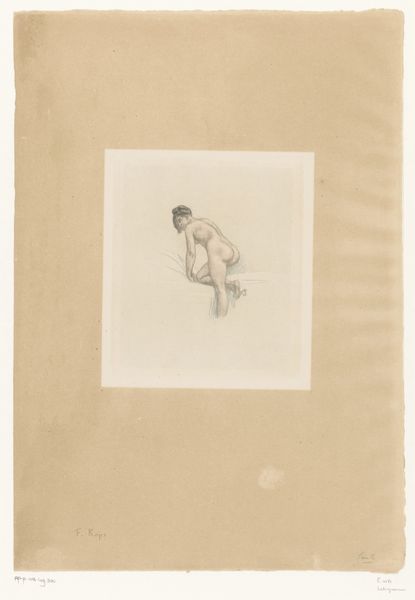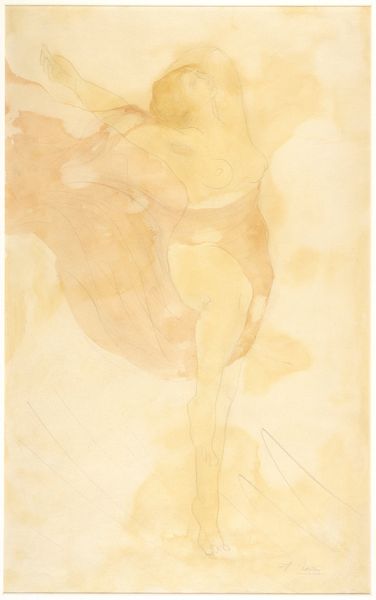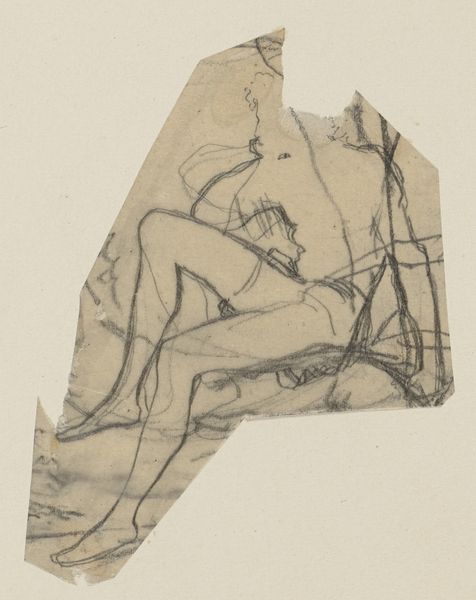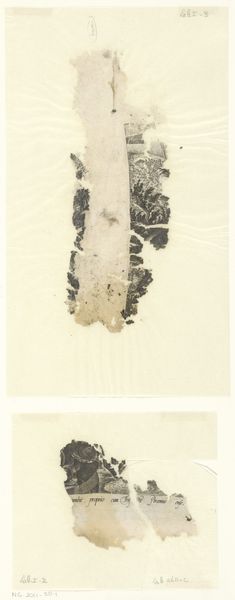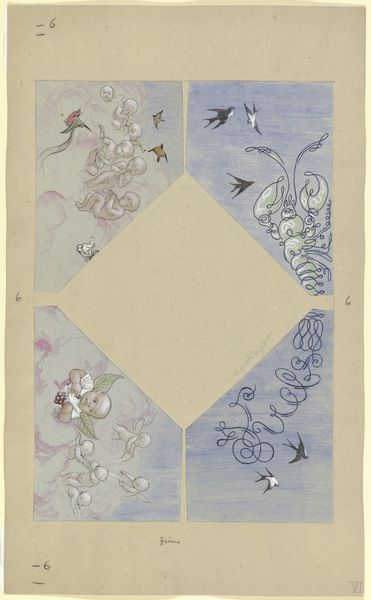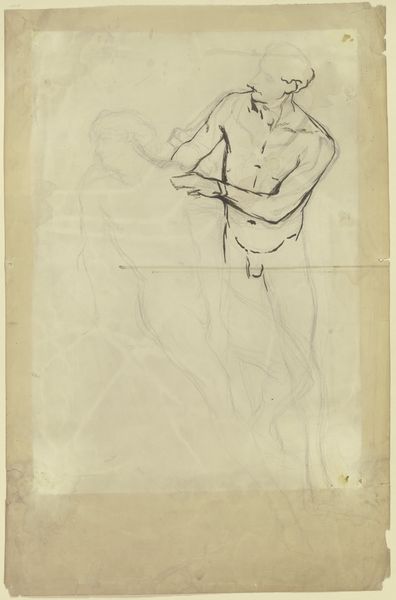
Zwei Winde. Entwurf zur Decke im Café Bauer, bestehend aus vier Teilen c. 1884
0:00
0:00
Copyright: Public Domain
Curator: This drawing by Hans Thoma, dating back to around 1884, is titled "Zwei Winde. Entwurf zur Decke im Café Bauer, bestehend aus vier Teilen," which translates to "Two Winds. Design for the ceiling in the Café Bauer, consisting of four parts." It's a collage, utilizing watercolor, colored pencil, and chalk. Editor: My initial impression is that it feels ethereal and unfinished, like a dream barely remembered. The figures amidst the pastel clouds evoke a sense of Romantic longing and the pursuit of the unattainable. Curator: The winds as figures represent more than just meteorological phenomena; in Thoma's Romantic lens, they are the forces of nature given human form, reflecting human passions and destiny. How do you think these wind motifs interact with the cafe context for which they were originally intended? Editor: The cafe context suggests these winds might symbolize the flow of conversation, ideas, and even gossip swirling within that social space. The artist appears to understand and incorporate ancient symbolic forces of mythology with contemporary modern life. There's a psychological complexity present too, wouldn't you say? Curator: Absolutely. The male figures, caught in moments of blowing or reaching, almost portray a symbolic binary of active and passive masculine expression that society imposed at the time, an idealized and limiting expectation. It's interesting to think about how these archetypes resonate with or challenge the audience depending on identity and gender today. Editor: It does make you consider the nature of transience. This almost feels like an early exploration of the ever-changing social and emotional climate within a seemingly permanent space like a café. Are these two figures in opposition to each other? Do they signal shifting perspectives or possibilities within the community? Curator: That's an insightful interpretation. The beauty of encountering these designs now, outside their original context, lies in precisely these multilayered dialogues they spark, allowing us to engage in conversation across generations and cultural perspectives. Editor: Yes, contemplating art outside of its intended framework certainly lets us rethink the enduring human preoccupation with symbols and how these symbols constantly evolve. This has given me plenty to contemplate!
Comments
No comments
Be the first to comment and join the conversation on the ultimate creative platform.
